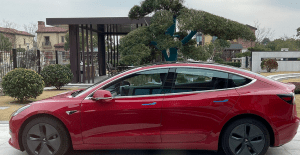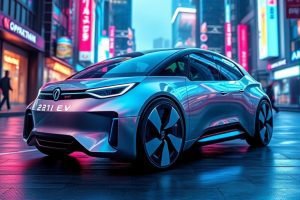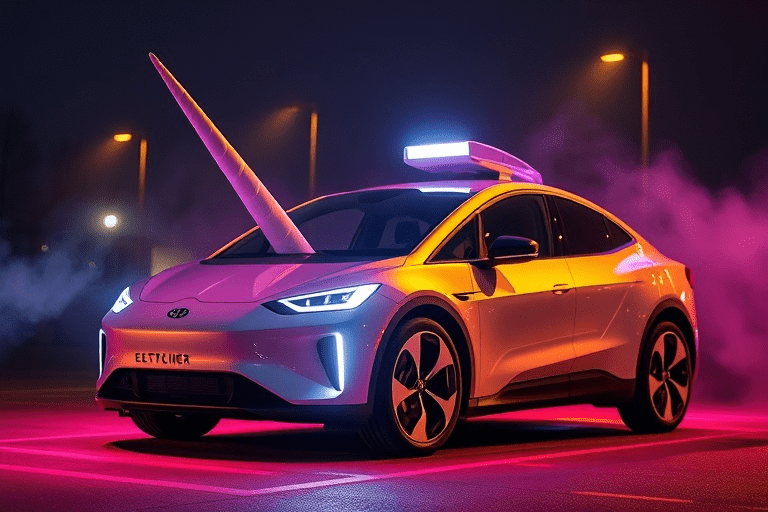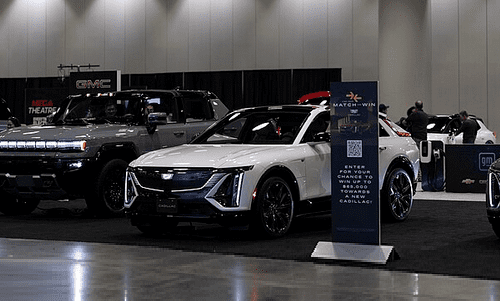When evaluating Q1 through Q3 claims for 2020 and newer vehicles, Mitchell found the EV total loss rate to be 7.25 percent. Luxury vehicles, which have a comparable actual cash value, had a total loss rate of 7.47 percent.
When all ICE vehicle claims (2020 and newer) were considered, the total loss rate grew to 8.49 percent, reported Mitchell.
"Although the damage to an EV’s lithium-ion battery significantly increases the likelihood of a total loss outcome, current claims data demonstrates a comparatively low total loss rate for electrified automobiles."
— Mitchell, Plugged In: Collision Insights Q3
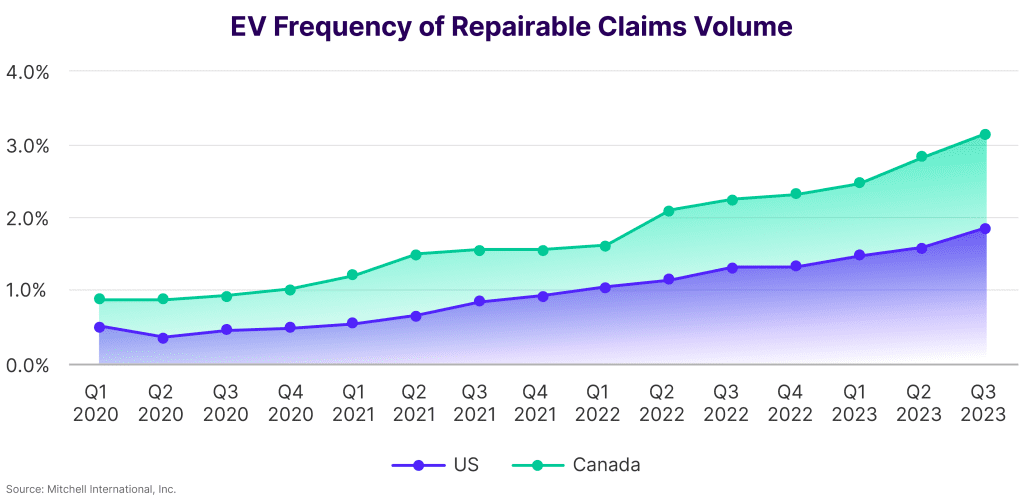
There are, however, significant differences when it comes to repairing EVs versus ICE vehicles. In Q3 2023, EV repairs trended heavier in terms of labour, with 49.66 percent of total repair cost devoted to labour, compared to 41 percent for ICE vehicles.
Third-quarter repair costs were greater for EVs, on average, than claims for ICE vehicles, reported Mitchell. The average cost differential is $1,301 in Canada; $750 when Teslas are removed from the mix.
“A significant portion of this labour hour delta relates to the management of high-voltage batter[ies] with operations required for de-energizing the system and, frequently, for the battery’s complete removal during repair, when called for by the manufacturer,” reads the report.


Mitchell’s Q3 data also says that only 13.43 percent of parts were repaired on EV repairs this past quarter, compared to 16.39 percent of parts on ICE vehicles.
“A large part of this comes from bumpers, I’m sure,” Ryan Mandell of Mitchell International and author of the report, told EV Repair mag at SEMA.
“As for parts repaired, I believe it’s mostly skins, panels, et cetera.”
Further, EV repairs utilized 88.85 percent OEM parts in Q3 2023, according to Mitchell data, compared to 67.48 percent of OEM parts in ICE repairs.

Mitchell also noted that the Chevy Bolt replaced the Tesla Model S in spot five in the top five EV models, by frequency in Canadian regions. In fact, Tesla saw its ZEV registration numbers decline across the boar in Ontario, B.C. and Quebec as new models hit the scene.
“It will be interesting to see if those models change [in conjunction] with Tesla’s price cuts,” said Mandell, referencing Tesla’s widespread price cuts through 2023, which extend to the Canadian market on several models.
All in all, Canadian EV claims frequency rose a modest half-a-percent in Q3 2023.
For more information on Mitchell’s Q3 Plugged In: Collision Insights report, which also includes U.S. data, visit the Mitchell website at www.mitchell.com






